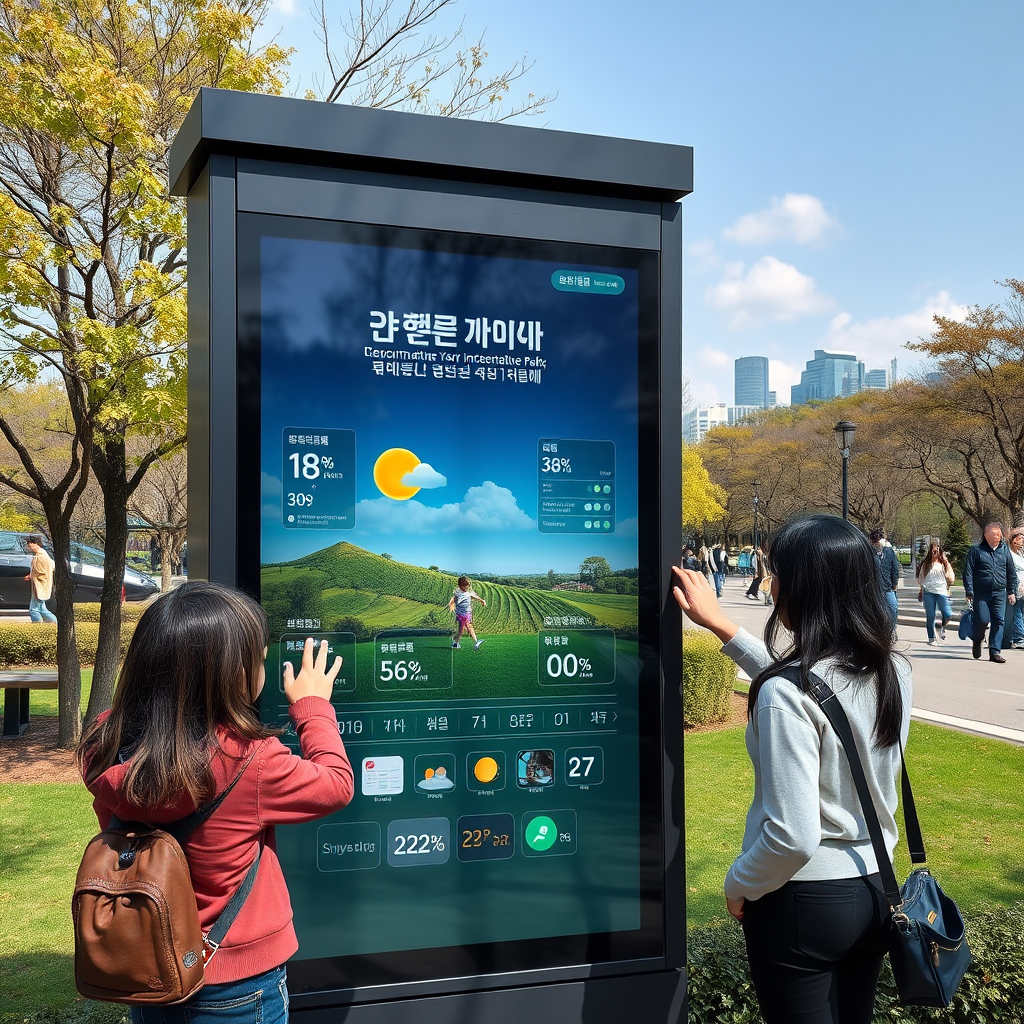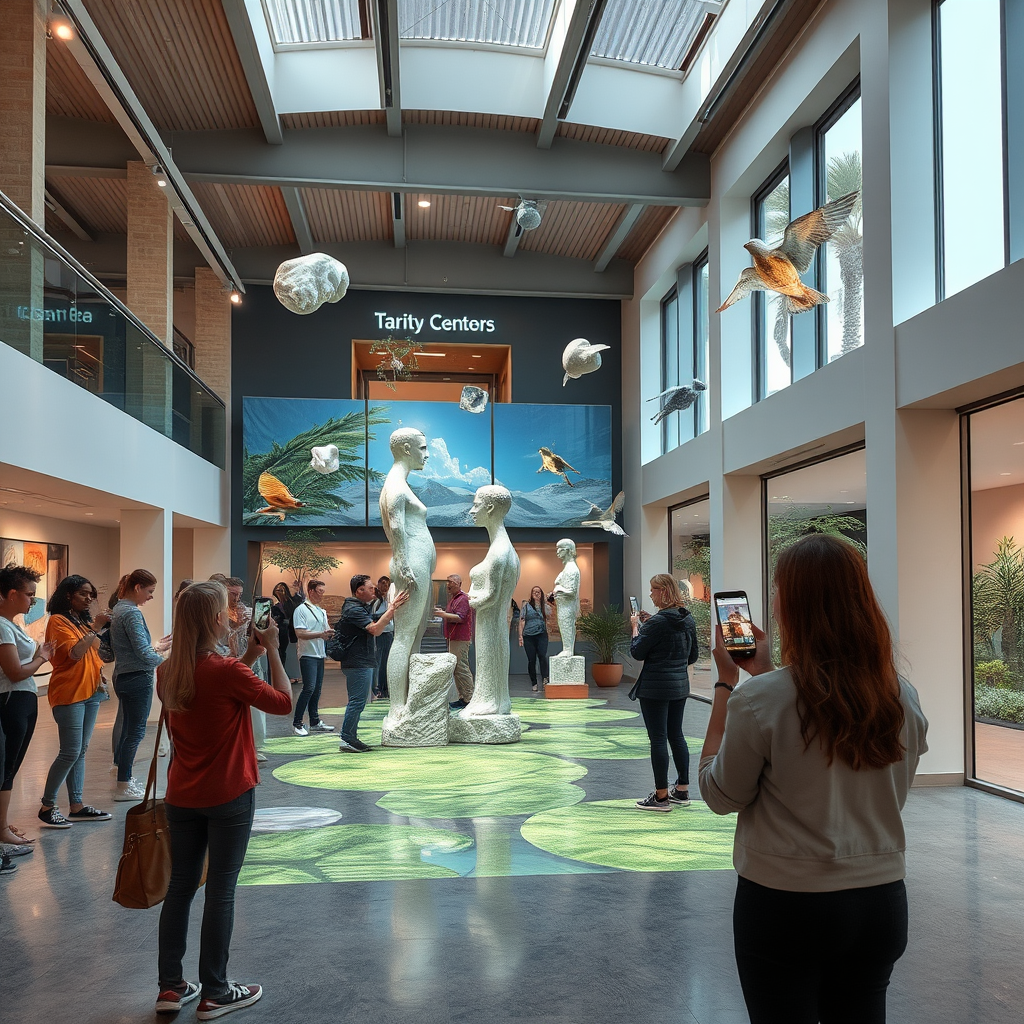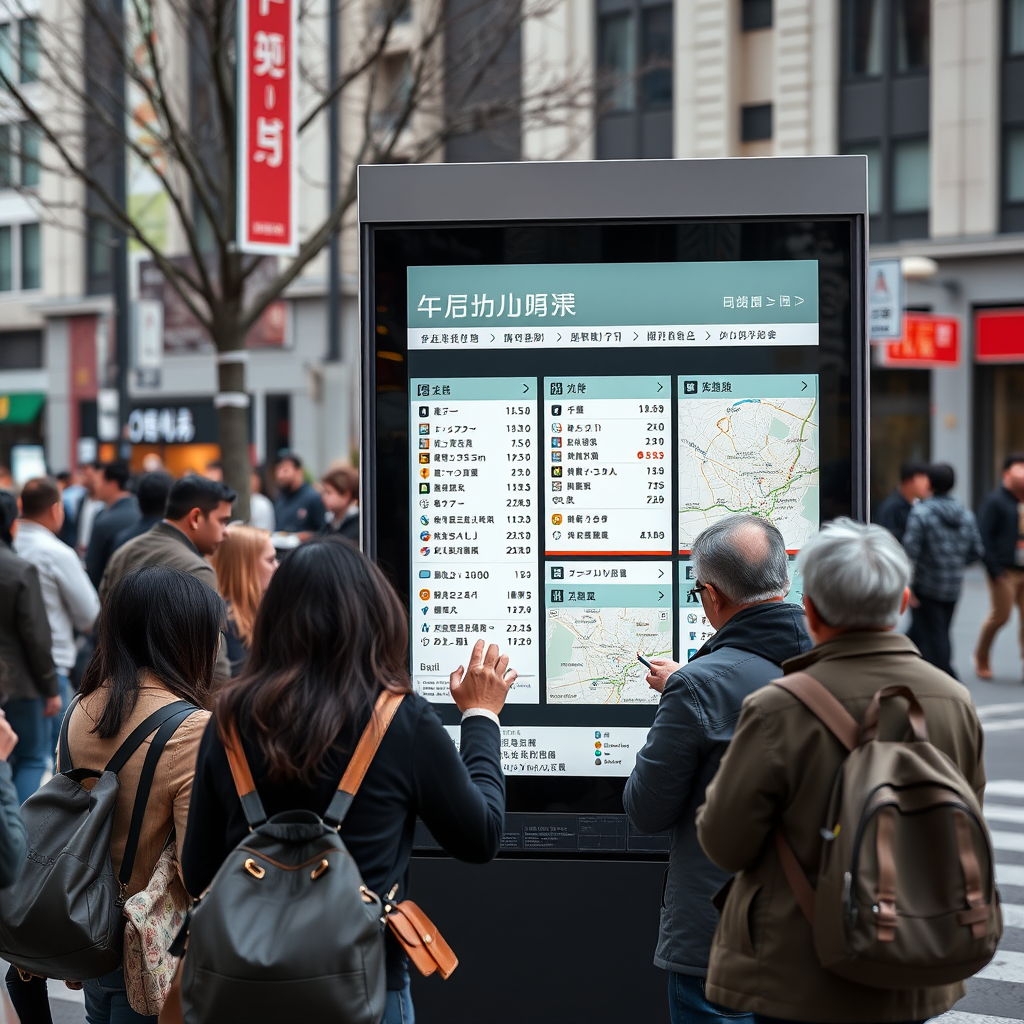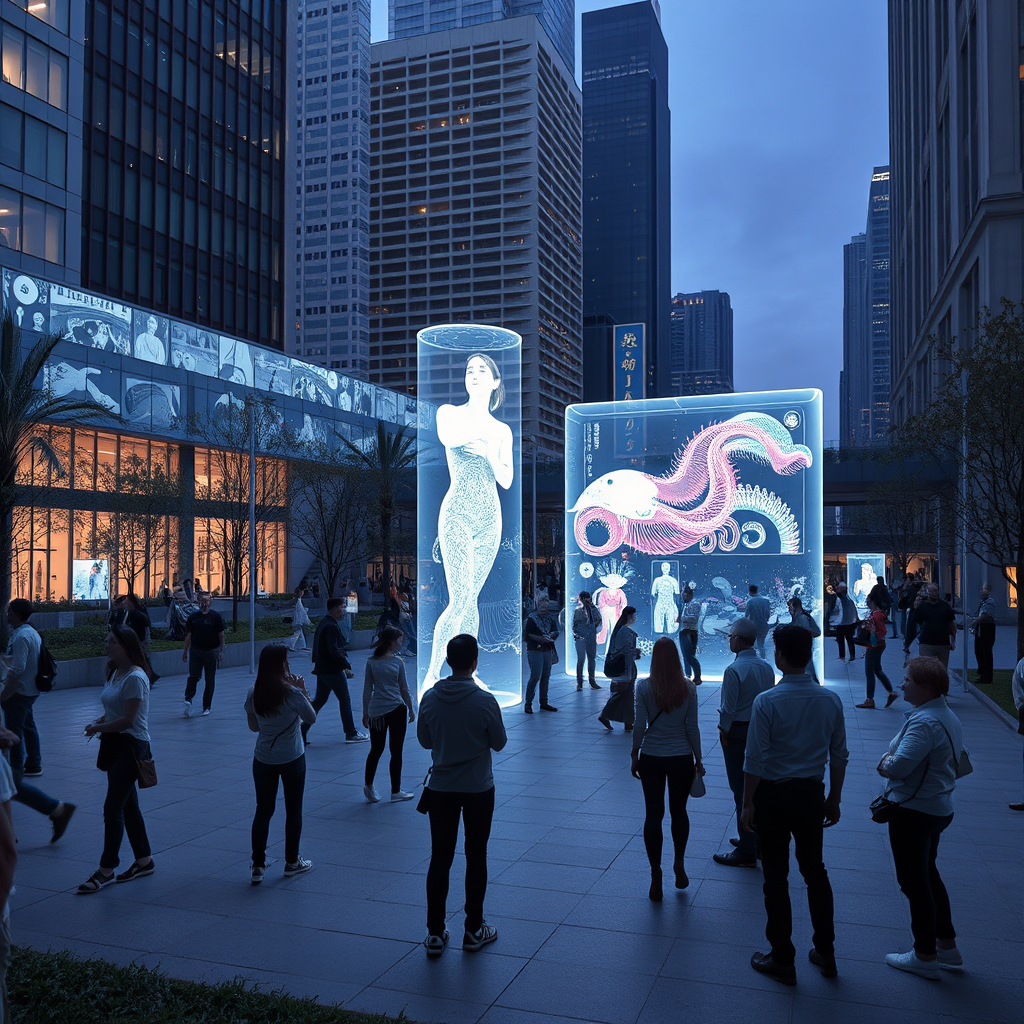As urban environments evolve, cities worldwide are embracing digital transformation to create hybrid physical-digital spaces that redefine how citizens interact with their public environments. From Seoul's smart city initiatives to Amsterdam's innovative digital infrastructure, municipalities are pioneering new forms of civic engagement through technology.
The Evolution of Public Spaces in the Digital Age
Traditional public spaces have long served as gathering points for communities, but the integration of digital infrastructure is fundamentally changing how these environments function. Smart environments now feature interactive displays, augmented reality installations, and IoT sensors that create responsive, adaptive spaces that evolve based on citizen behavior and needs.
Cities like Seoul have implemented comprehensive digital public life platforms that transform parks and plazas into connected spaces where citizens can access real-time information, participate in civic activities, and engage with public art in entirely new ways. These initiatives represent a shift toward future urbanism that prioritizes both technological innovation and human-centered design.

Amsterdam's Approach to Digital Infrastructure
Amsterdam has taken a unique approach to integrating urban tech into its public spaces, focusing on creating civic platforms that enhance rather than replace traditional community interactions. The city's digital utilities include smart lighting systems that respond to pedestrian traffic, interactive information kiosks that provide multilingual support, and augmented reality features that overlay historical information onto modern streetscapes.
These modern infrastructure projects demonstrate how cities can leverage sensors and connected technologies to create more inclusive and accessible public environments. The emphasis on behavioral infrastructure ensures that digital enhancements support natural human interactions rather than disrupting them.
The Technology Behind Digital Public Spaces
The foundation of these digital public spaces relies on sophisticated networks of IoT devices and sensors that collect data on everything from air quality to foot traffic patterns. This information feeds into adaptive cities systems that can adjust lighting, temperature, and even the content displayed on public screens based on real-time conditions.
"The goal isn't to digitize everything, but to create smart city solutions that genuinely improve the quality of urban life for all citizens."

Enhancing Citizen Engagement Through Public Innovation
One of the most significant impacts of digital public spaces is their ability to facilitate new forms of citizen engagement. Interactive installations allow residents to provide feedback on city services, participate in community planning processes, and access government services without visiting traditional offices.
These public innovation initiatives create opportunities for more democratic participation in urban planning and governance. Citizens can visualize proposed changes to their neighborhoods through augmented reality, vote on community projects through digital platforms, and access real-time information about everything from public transportation to local events.
Challenges and Considerations
While the potential of digital public spaces is enormous, cities must carefully consider issues of digital equity, privacy, and accessibility. Not all citizens have equal access to the smartphones and digital literacy required to fully participate in these connected spaces. Successful implementations require thoughtful design that ensures digital enhancements complement rather than replace traditional forms of public engagement.
Additionally, the integration of sensors and data collection systems raises important questions about privacy and surveillance in public spaces. Cities must balance the benefits of smart environments with citizens' rights to privacy and anonymity in public areas.

The Future of Urban Digital Integration
As more cities experiment with digital public spaces, we're beginning to see the emergence of best practices and innovative approaches that prioritize both technological advancement and human needs. The most successful projects focus on creating behavior in smart systems that feels natural and intuitive, rather than forcing citizens to adapt to new technologies.
Looking ahead, the integration of artificial intelligence, machine learning, and more sophisticated sensors will enable even more responsive and adaptive public environments. However, the key to success will remain the same: ensuring that technology serves to enhance human connection and community engagement rather than replacing it.
The rise of digital public spaces represents a fundamental shift in how we think about urban environments and civic engagement. As cities continue to evolve, the most successful implementations will be those that thoughtfully balance innovation with inclusivity, creating spaces that truly serve all members of the community.
